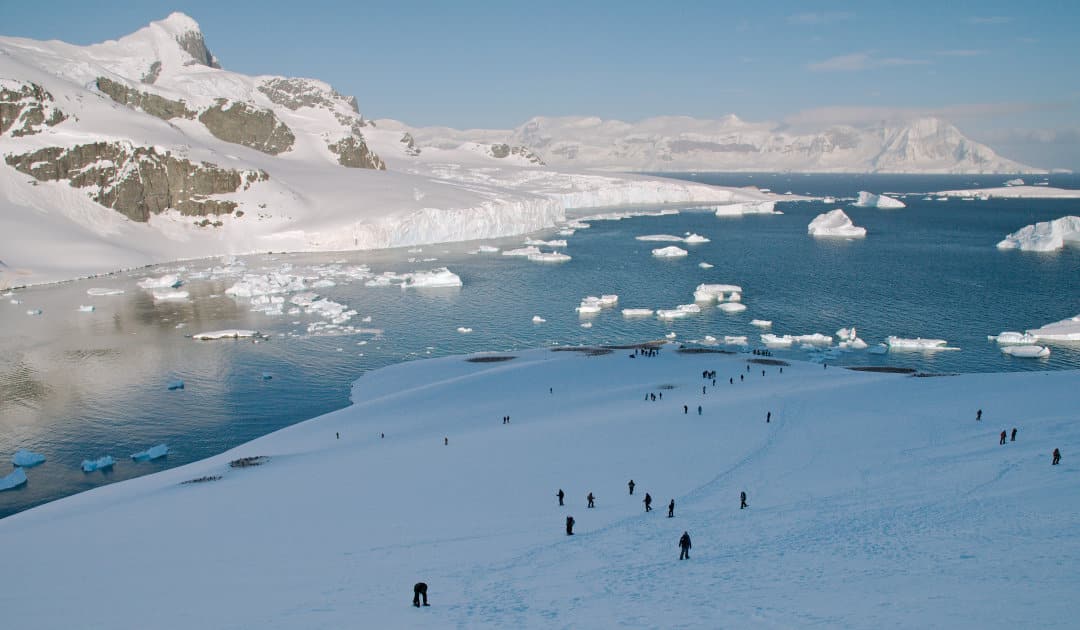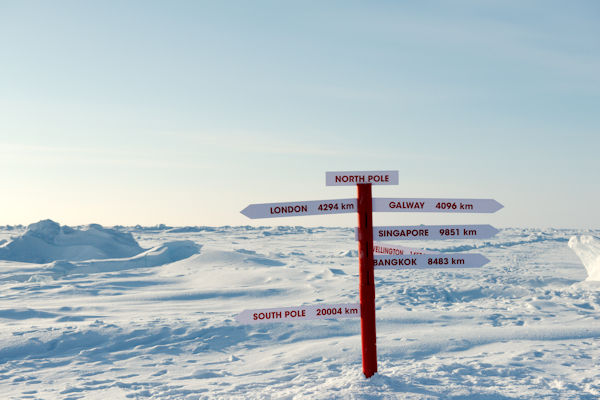
Anyone who had planned an Antarctic trip last year and booked or postponed it to this season needed quite a bit of patience over the past few months. Because until recently, it wasn’t clear whether or not the 21/22 season would actually happen. Many uncertainties regarding COVID made it almost impossible for both the so-called “gateway” countries and the operators to provide clear information. But basically at the last minute, the two main countries Chile and Argentina have now given the de facto green light and fired the starting shot for a new beginning of the Antarctic voyages.
Both countries have announced in the media the entry requirements or adjustments that apply to foreign guests. In particular, Chile’s announcement that the five-day quarantine requirement for travelers also to the Magallanes region, which includes Punta Arenas, will be different than before should provide a sigh of relief. Upon arrival, foreign guests will be taken to a special area of the airport in Santiago de Chile, where they will have to undergo another PCR test. If this is negative, the onward journey can be made by charter flights, which act as “corridors”. The previously ordered quarantine is therefore no longer necessary. However, the certificate requirement (fully vaccinated, at least 14 days since final dose), pre-entry registration, proof of insurance and airline requirements will remain. The latter also generally require a negative PCR or antigen test that is no more than 72 hours old.

For Chile’s beleaguered tourism industry, the news is music. A few weeks ago, the first providers had already confirmed their intention to take their guests to Antarctica from Punta Arenas or Puerto Williams. But the previous arrangement, with its quarantine requirement, would have attracted few travelers, according to officials. With the new measure, it is hoped that a compromise has been reached between the health of the population and the economic restart of the tourism industry, which has been at a standstill. Nevertheless, concerns remain, especially in implementation. This is because, on the one hand, the PCR tests require several hours before the result is available; on the other hand, there are fears that the testing capacities are not sufficient and could collapse under a possible rush, as the regulation also applies to domestic travellers.

Argentina and especially Tierra del Fuego, with Ushuaia as the main starting point, have also released more information regarding the upcoming Antarctic season. On the one hand, Argentina has definitely allowed entry for international guests again as of November 1. Accordingly, the airlines and the Argentine aviation authority are in the process of drawing up the plans. The authority has published initial measures on its website. For foreigners who may re-enter Argentina after November 1, vaccination certificate with complete vaccination at least 14 days prior to arrival, a negative PCR test no more than 72 hours old, an antigen test upon arrival, proof of insurance and the obligation to undergo another PCR test five and seven days after entry are required. However, it is still not clear whether and how the latter measure will be implemented for Antarctic travellers.

But in Ushuaia they are now in good spirits as far as the coming season is concerned. According to port authorities, 37 vessels have signed up for a total of 243 calls starting November 7. The operators plan to maintain their departures from the southernmost city in the world until March. That’s why they don’t fear much competition with Chile this season. This is because even some of the newer operators will be departing from Ushuaia and not diverting to Chile. But still, one has to be careful about popping the cork. Because everyone knows that the situation remains tense as far as tourism is concerned. But the news certainly gives reason for cautious optimism.
Dr Michael Wenger, PolarJournal
More on the subject:






